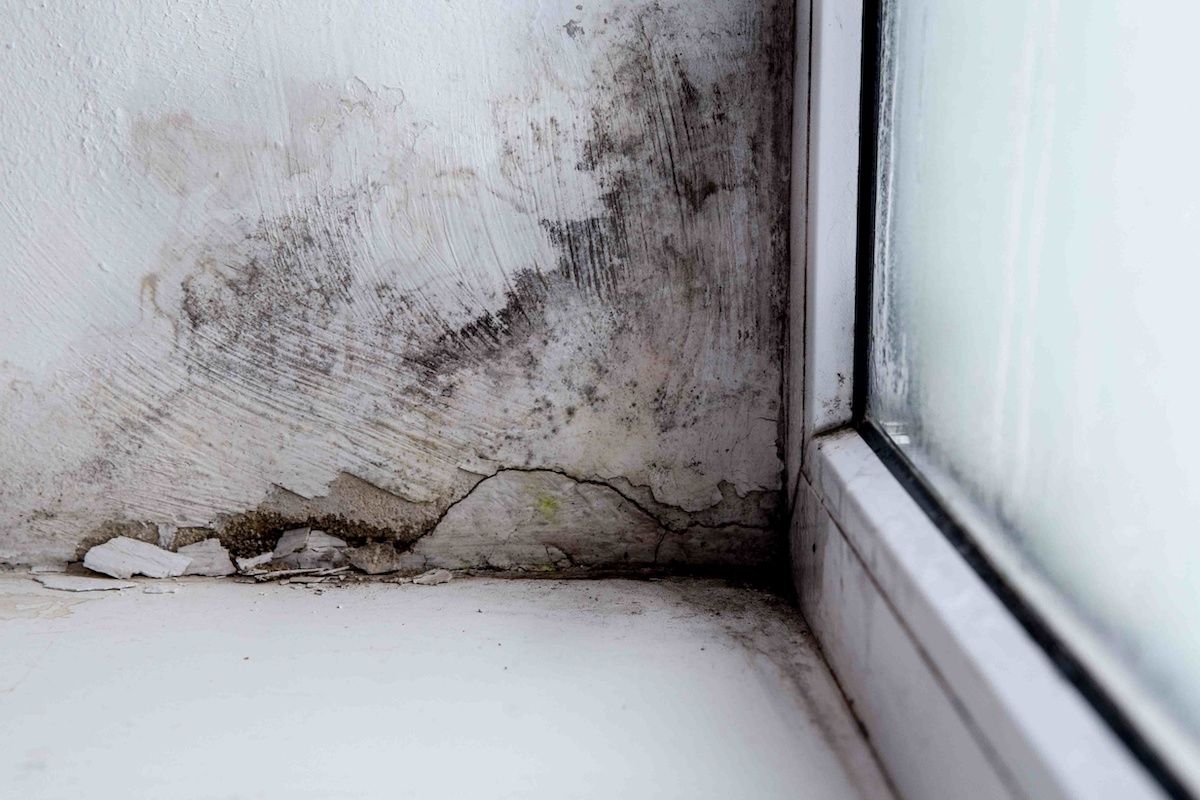Guidance on What to Do After Mold Remediation
Guidance on What to Do After Mold Remediation
Blog Article
Effective Message Mold And Mildew Remediation Solutions for Your Home
Mold and mildew growth in homes can be a consistent problem, usually calling for a systematic approach for efficient post-remediation options. From comprehending the aspects that add to mold and mildew advancement to implementing proper cleansing strategies and wetness control procedures, the procedure can be intricate yet vital for maintaining a healthy and balanced living atmosphere. Additionally, discovering natural remediation services and developing a regular for recurring upkeep are important elements of an extensive mold remediation technique. As homeowners make every effort to resolve mold issues, locating one of the most efficient options becomes extremely important for the health of their families.
Comprehending Mold And Mildew Growth Aspects
The primary element contributing to mold and mildew growth is dampness. Mold and mildew spores call for dampness to thrive and germinate, making damp or moist environments very at risk to mold problems.

In addition, air movement and light direct exposure can affect mold growth. Locations that lack proper air flow and all-natural light are more prone to mold growth. By dealing with these factors adequately, people can successfully mitigate mold and mildew growth and secure their living atmospheres.
Correct Mold Cleansing Methods
Making use of efficient cleansing methods is essential in addressing and preventing the reappearance of mold contamination in indoor settings. The initial action in correct mold and mildew cleansing is to include the affected location to avoid the spread of spores to uncontaminated areas.

Implementing Moisture Control Actions
To effectively prevent mold growth and contamination in interior settings, carrying out wetness control measures is extremely important. Moisture is the main variable that fuels mold and mildew development, making it essential to take care of moisture levels within the home. One effective action is to make use of dehumidifiers to preserve indoor humidity levels below 60%. In addition, making sure correct ventilation in locations vulnerable to moisture build-up, such as cooking areas and shower rooms, can assist reduce the threat of mold and mildew development. Regularly checking and fixing any leakages in pipes, roofings, or home windows is also important in stopping excess wetness build-up. Utilizing exhaust fans while food preparation or showering, and enabling air circulation by keeping furnishings slightly far from walls can help in wetness control. In addition, utilizing moisture-resistant products in high-humidity areas, such as mold-resistant drywall and paints, can be useful. By faithfully applying these moisture control steps, house owners can efficiently reduce the chance of mold and mildew recontamination and preserve a healthy interior environment.
Making Use Of All-natural Removal Solutions
After effectively executing moisture control actions to avoid mold and mildew growth in indoor atmospheres, home owners can currently explore the effectiveness of all-natural find more info remediation solutions in preserving a healthy and balanced space. Natural remediation options utilize environmentally friendly approaches to battle mold and mildew and mold, making them a preferred choice for those seeking non-toxic options. One such solution is using vinegar, a natural antimicrobial representative, to tidy and disinfect surface areas infected by mold. Simply dilute vinegar with water and spray it onto the influenced locations, enabling it to sit for a couple of hours prior to wiping tidy. Furthermore, tea tree oil, understood for its antifungal residential or commercial properties, can be blended with water and sprayed onto mold-infested surface areas to inhibit further growth. Another all-natural alternative is hydrogen peroxide, which can properly eliminate mold on numerous surfaces without leaving hazardous residues behind. By incorporating these all-natural removal options into their cleaning regimens, homeowners can properly battle mold development while promoting a healthier indoor atmosphere for themselves and their households.

Preserving a Mold-Free Environment
Routinely inspecting areas susceptible to mold and mildew growth, such as washrooms, basements, cooking areas, and attics, is vital. Proper ventilation in areas with high humidity levels is likewise crucial to preventing mold and mildew development.
Furthermore, preserving sanitation in the home is essential for mold prevention. Regularly cleaning and dusting surfaces, carpets, and furniture can aid eliminate mold spores prior to they have a chance to resolve and multiply. Using mold-resistant products for construction products and furnishings can additionally aid in producing a mold-free atmosphere. Maintaining interior plants in check and making certain proper water drainage in outdoor landscape design can decrease moisture accumulation, reducing the chance of mold infestations. By complying with these proactive upkeep methods, homeowners can properly support official statement a mold-free home.
Verdict
Finally, it is important to attend to mold and mildew growth elements, utilize proper cleansing techniques, implement wetness control steps, use all-natural remediation solutions, and maintain a mold-free atmosphere in order to efficiently take care of look here message mold and mildew removal in your home - testing air quality after mold remediation. By following these approaches, you can avoid mold from reoccuring and ensure a healthy living atmosphere for you and your family
The key factor contributing to mold and mildew development is wetness. Mold spores require dampness to sprout and thrive, making moist or damp atmospheres extremely susceptible to mold problems.To properly avoid mold and mildew development and contamination in indoor environments, carrying out wetness control steps is critical. Furthermore, making sure proper air flow in locations vulnerable to moisture accumulation, such as bathrooms and kitchen areas, can help lower the danger of mold and mildew development.After effectively executing moisture control procedures to prevent mold growth in interior environments, home owners can now explore the effectiveness of all-natural remediation solutions in preserving a healthy living area.
Report this page